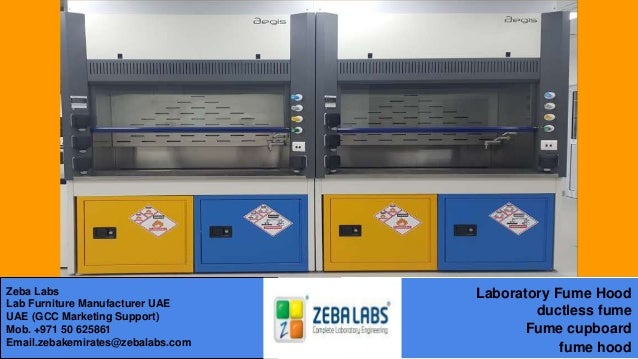
Fume hoods diminish introduction to fumes that might be lethal or unsafe. Utilized for lab wellbeing, they ensure lab workers just as the lab condition. From universally useful hoods, vented fenced in areas, ducted fume hoods, biosafety and PCR walled in areas, and extractor frameworks, picking the right fume hood involves narrowing down your decisions to the match that is perfect for your application.
Picking a Fume Hood
While picking a fume hood, start by deciding whether you are securing items, staff, or both. On the off chance that you are ensuring items, you'll need a vertical or flat clean seat or a PCR fenced in area. On the off chance that you are securing work force and a chemical will be utilized, a ducted or ductless chemical hood or a fume extractor will be required. In the case of utilizing powders, a vented walled in area or fume extractor is required. In the case of utilizing biologicals, a Class 1 biosafety bureau is required. While ensuring items and staff individuals, a Class II biosafety bureau is required.
Biosafety and PCR Enclosures: Hybrid models empower treatment of touchy materials while ensuring the client. Wind stream is HEPA sifted entering the bureau and again upon exit, or released to the outside. Applications incorporate controlling risky however touchy organic materials, for example Class II, Type A2 cupboards
Ducted Fume Hoods: Ventilation to the outside gives the most thorough client insurance, especially for chemically risky fumes. Many utilize "by-pass" plans, which empower predictable wind currents in the fenced in area for different band positions. Low wind stream structures give client security while limiting vitality costs.

Ductless Laboratory Fume Hood: These walled in areas go tainted air through a filter(s) before returning air to the room. They are utilized for areas where outside ventilation can't. They can dispense with extremely high rates of particulates and natural risks. Select airborne chemical levels can be decreased to safe levels as checked with observing conventions.
Vented Enclosures: These hoods upgrade fume evacuation by incompletely encompassing the fume source. A few models direct constrained wind stream to bear the cost of further assurance. Low-stream ventilation frameworks empower fragile tasks, for example gauging while at the same time keeping up close to home insurance.
They may vent to the outside or recycle into the room by means of a channel.
Extractor Systems: Provide confined ventilation at the contaminant source. Extractor arms can be effortlessly situated to expel fumes or airborne particulates. Regularly utilized when the fume source can't be promptly moved to an ordinary hood or when fumes are harmless, for example awful smelling without being chemically risky. The frameworks may vent to the outside or recycle into the room through a channel.
Comments